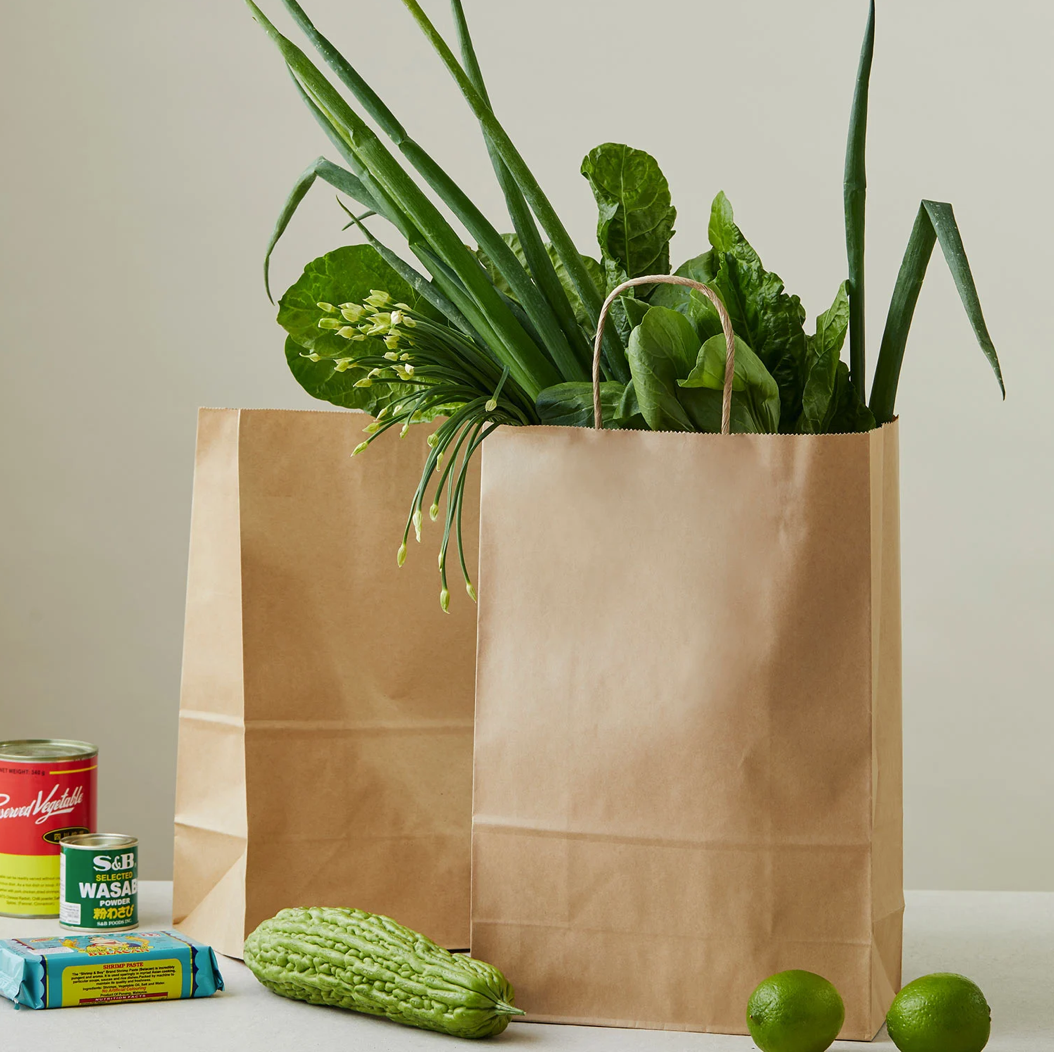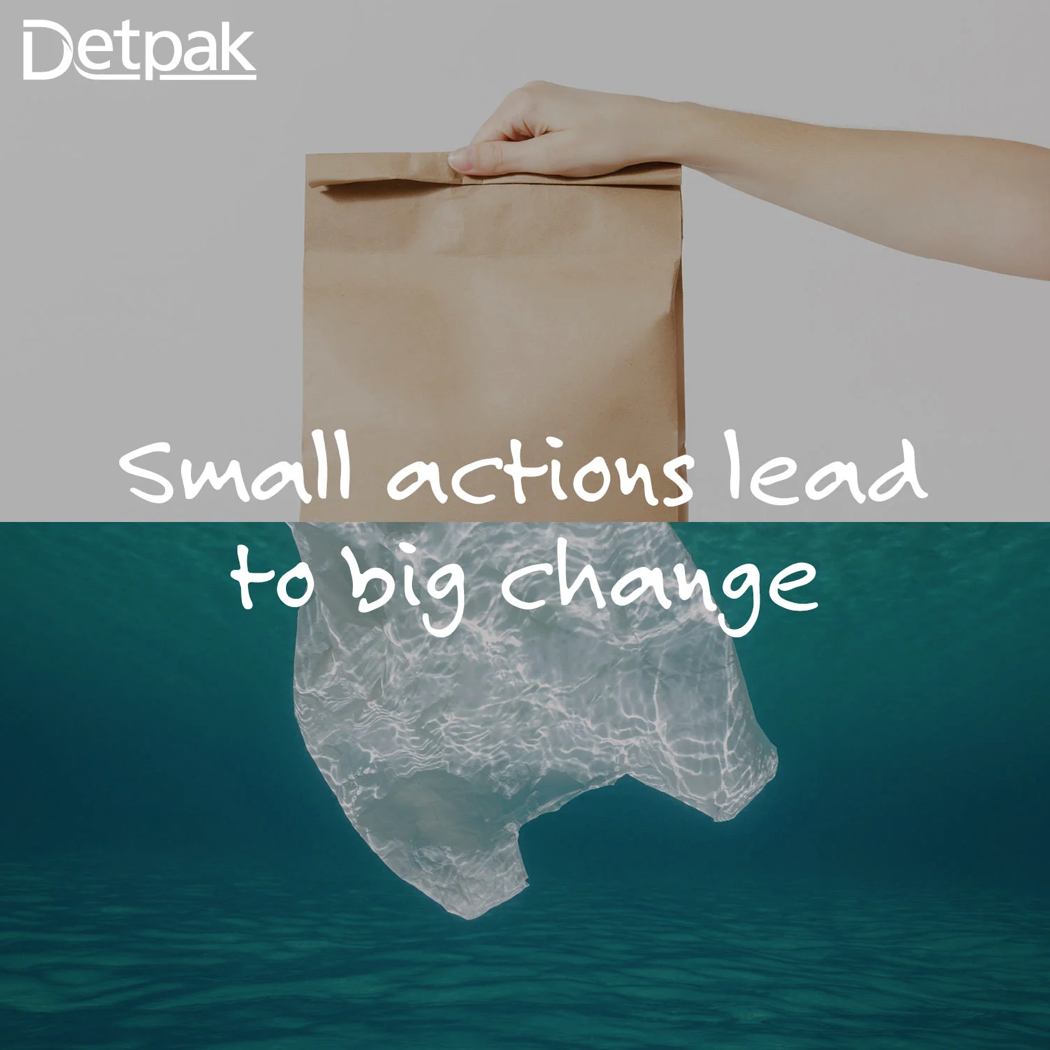

Did you know, in one year, 5 billion plastic bags are used around the world? Low-density plastic bags are very difficult to recycle, meaning the majority fill up landfills. Plastic bags also do not readily break down and are harmful to the planet and wildlife when they end up in the environment. As their environmental impacts are realized, plastic bags are being banned in locations all over the world. But even with legislation forcing a move away from single-use plastics, the choice to move to paper can provide other benefits.
We explore 5 questions to ask when considering making the move to paper:
1. Is the paper bag food safe?
With health and hygiene more of a priority than ever, you should ensure that your packaging products are food safe, including bags used to hold or transport food. Ask suppliers if their paper bags are manufactured in food-grade environments.
Providing a hygienic and food-contact-safe option for a variety of needs, paper bags meet high-quality standards.
2. Does the bag have the right strength profile for your needs?
With more strength than you can handle, paper bags are often stronger than their plastic equivalents, when made with quality and sustainable raw materials. Ensure you have asked your supplier about the strength profile of the bag you are considering or even test it yourself!
Strong enough for a large grocery shop through to food delivery for the whole family, paper bags can offer superior strength for a variety of needs, Must use high quality, ethically sourced kraft paper to manufacture bags.
3. Are paper bags fridge-friendly?
Not all paper bags are made equal and the material doesn’t traditionally lend itself to cold or damp environments. If you are looking to use paper bags for chilled goods, make sure they won’t fail your customers.
Manufactured with quality in mind, their bags need to be strong enough to handle condensation from grocery items, such as milk bottles. Quality paper bags are suitable for chilled environments like fridges and can handle condensation from contents without compromising performance.
4. Does your bag promote food integrity?
The permeability of a paper bag allows steam to escape, whereas it won’t work in a plastic bag. This is why chips or fried foods transported in a plastic bag tend to go soggy.
Steam can’t escape as effectively in a plastic bag, and therefore condenses on the inside of the bag. Water molecules are then reabsorbed which softens the texture of the chips or fried foods, and because water absorbs heat energy, the food will also cool down faster.
A paper bag promotes food integrity, especially if food needs to travel or be taken away.
5. Is this bag sustainable?
Paper bags are made from a renewable resource, and have multiple end-of-life options. Strong enough to be reused by consumers on multiple occasions, paper bags provide flexibility in their uses.
Able to be reused, recycled, or composted, moving to a paper bag is a sustainable option.






